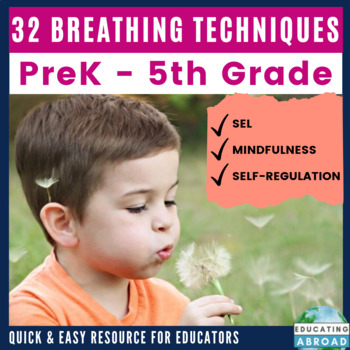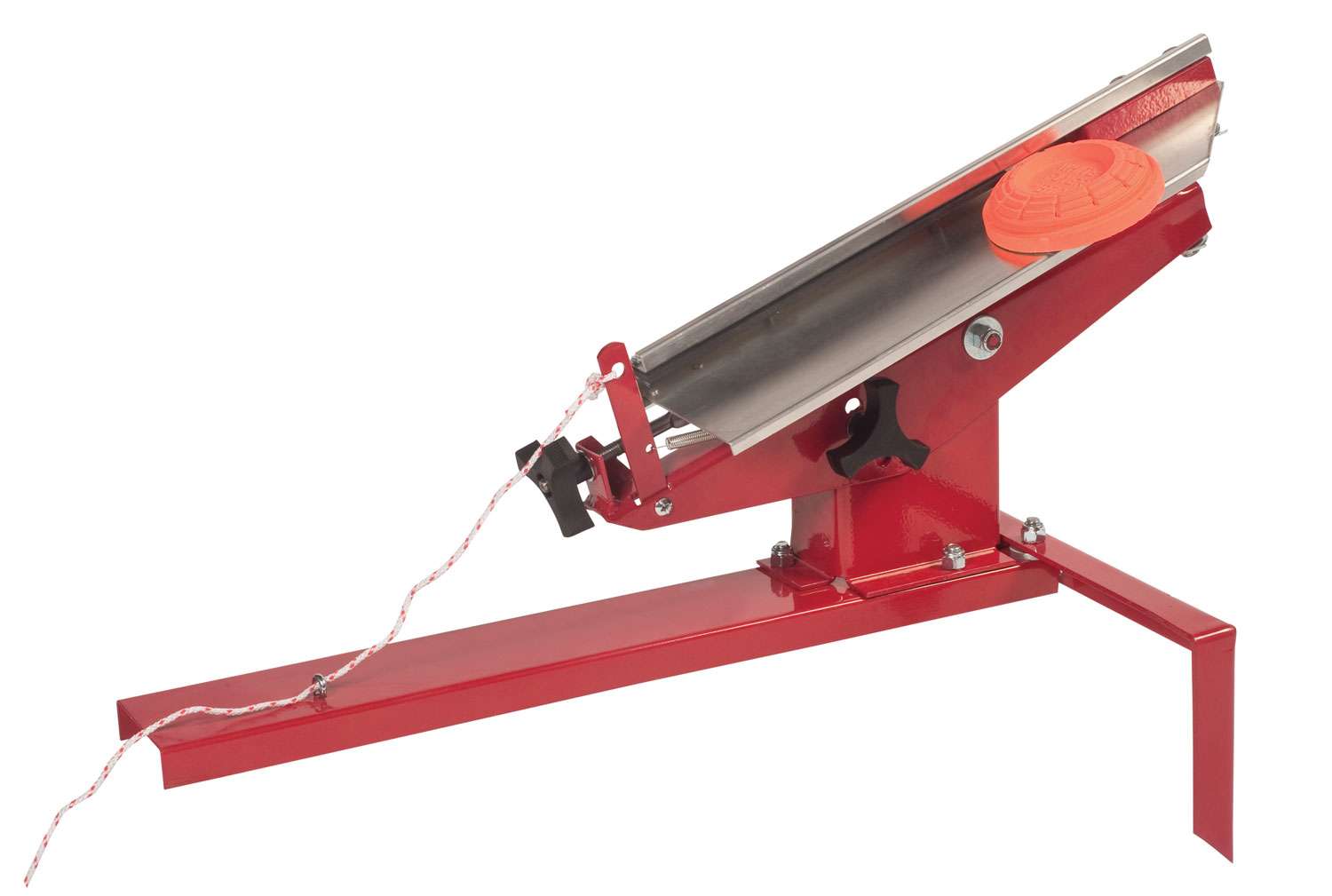Regulation Distance For Bags
Regulation Distance for Bags: Everything You Need to Know When it comes to playing the game of bags, also known as cornhole, knowing the regulation distance is crucial to ensure fair play and a level playing field. Whether you're a casual backyard player or a seasoned competitor, understanding the correct distance can greatly impact your game. In this article, we'll explore the regulation distance for bags, discuss its importance, and provide helpful tips to enhance your playing experience. So, grab your bags and let's dive right in! 1. Understanding the Regulation Distance for Bags 2. Setting Up Your Bags Court: Step-by-Step Guide 3. Tips to Improve Your Bag Tossing Technique 4. Frequently Asked Questions (FAQs) Understanding the Regulation Distance for Bags The regulation distance for bags is an essential component of the game and is defined by the American Cornhole Organization (ACO). According to the ACO rules, the regulation distance is 27 feet between the front edges of the two boards. This ensures a fair and standard playing field for all participants. Setting Up Your Bags Court: Step-by-Step Guide To enjoy a game of bags, you'll need to set up your court properly. Here's a step-by-step guide to help you create the perfect bags playing area: 1. Find a suitable location: Choose a flat surface that provides ample space for the court. Ensure there are no obstructions nearby, such as trees or furniture. 2. Measure and mark the regulation distance: Measure 27 feet from the front edge of one board and mark it as the starting point for the court. 3. Set up the boards: Place the boards parallel to each other, with the front edges aligned at the designated starting point. 4. Adjust the board angles: The ACO recommends setting the board faces at a 10-degree angle to promote proper bag sliding. 5. Mark the foul line: Draw a line perpendicular to the boards, intersecting their front edge. This line serves as the foul line, ensuring players stand behind it while throwing. 6. Create a throwing box: Draw a rectangle around the regulation distance area, approximately 4 feet wide and 3 feet deep. This box provides a designated area for players to throw from. Tips to Improve Your Bag Tossing Technique While knowing the regulation distance is crucial, honing your bag tossing technique is equally important. Here are a few tips to help you improve your skills and enhance your gameplay: 1. Find your throwing stance: Experiment with different stances to discover what feels most comfortable for you. Some players prefer a parallel stance, while others find success with a staggered approach. 2. Master your grip: Find a grip that allows you to control the bag's trajectory while maintaining a comfortable throw. Experiment with various grips, such as the pancake grip or the squeeze grip, to find what works best for you. 3. Practice your release: The release is a critical moment in bag tossing. Aim for a smooth and consistent release, ensuring the bag rotates slightly as it leaves your hand. This spin can help control its flight path and reduce the chance of bouncing off the board. 4. Focus on your aim: Develop a visual target on the board to help you aim your throws consistently. This could be a particular spot or even a small sticker. Practice hitting that target repeatedly to improve your accuracy. 5. Adjust your strength: Controlling the strength of your throws is vital. Experiment with different amounts of power, adjusting it according to the distance and conditions of the game. 6. Stay relaxed: Tension and stress can negatively impact your performance. Take a deep breath, relax your body, and maintain a calm focus. Remember, bags is as much a mental game as it is a physical one. Frequently Asked Questions (FAQs) Q1: Can I play bags in my backyard without following the regulation distance? A1: Absolutely! While the regulation distance provides a standard for competitive play, you can adjust the distance according to the available space and your preference. Just remember to inform your fellow players about the modified distance to ensure fair play. Q2: How can I practice my bag toss without access to a bags court? A2: If you don't have a dedicated bags court, you can practice your bag tossing technique in your backyard or even indoors. Set up makeshift targets and practice hitting them consistently. Additionally, consider joining local bags leagues or social groups to gain access to proper courts for practice. Q3: Are there any specific bag types for regulation play? A3: The ACO defines certain bag specifications for regulation play, including the bag weight, size, and material. However, when playing casually, you can use any bags that meet your personal preferences. Q4: Are there any other bag-related games similar to bags? A4: Yes! Bags is often referred to as cornhole and is popular in many regions. However, there are variations of the game with different names, such as bean bag toss, sack toss, or baggo. In conclusion, understanding and adhering to the regulation distance for bags is essential for both casual and competitive gameplay. By following the ACO rules and setting up your bags court correctly, you can enjoy a fair and exciting game with friends, family, or fellow competitors. Remember to focus on improving your bag tossing technique, and don't forget to have fun! So gather your bags, invite your friends, and create unforgettable memories on the bags court.  Image Source : www.teacherspayteachers.com
Image Source : www.teacherspayteachers.com ![What Are the Correct Cornhole Board Dimensions? [2021] - CornholeBoards](https://www.cornholeboards.net/wp-content/uploads/2018/05/Cornhole-Court-diagram-1-1024x343.png) Image Source : firstumcofnewark.com
Image Source : firstumcofnewark.com  Image Source : uspatriotarmory.com
Image Source : uspatriotarmory.com  Image Source : mydartboard.com
Image Source : mydartboard.com  Image Source : www.mycoffeepot.org
Image Source : www.mycoffeepot.org  Image Source : www.pinterest.ca
Image Source : www.pinterest.ca  Image Source : www.pinterest.com
Image Source : www.pinterest.com  Image Source : www.boxingscene.com
Image Source : www.boxingscene.com
Mindful Breathing, SEL, Self-Regulation: Distance Learning, Homeschool
 Image Source : www.teacherspayteachers.com
Image Source : www.teacherspayteachers.com What Are The Correct Cornhole Board Dimensions? [2021] - CornholeBoards
![What Are the Correct Cornhole Board Dimensions? [2021] - CornholeBoards](https://www.cornholeboards.net/wp-content/uploads/2018/05/Cornhole-Court-diagram-1-1024x343.png) Image Source : firstumcofnewark.com
Image Source : firstumcofnewark.com Trius 10205 Original Clay Target Trap W/High Angle Retainer | US
 Image Source : uspatriotarmory.com
Image Source : uspatriotarmory.com What Is The Regulation Distance For Darts? Best Explain 2022 - My Dartboard
 Image Source : mydartboard.com
Image Source : mydartboard.com Regulation Size Bean Bag Toss | MyCoffeepot.Org
Cornhole Distance Rules: Everything You Need To Know - CornholeBoards
 Image Source : www.pinterest.ca
Image Source : www.pinterest.ca Cornhole Rules And Scoring - Hayneedle | Outdoor Games Adults, Cornhole
 Image Source : www.pinterest.com
Image Source : www.pinterest.com cornhole rules scoring hayneedle toss infographic board games game corn hole bag score boards bags bean printable choose sheet diy
Jaron Ennis Forced To Go Distance, Bags Lopsided Decision Over Karen
 Image Source : www.boxingscene.com
Image Source : www.boxingscene.com Trius 10205 original clay target trap w/high angle retainer. Jaron ennis forced to go distance, bags lopsided decision over karen. Cornhole rules scoring hayneedle toss infographic board games game corn hole bag score boards bags bean printable choose sheet diy. Mindful breathing, sel, self-regulation: distance learning, homeschool. Cornhole rules and scoring